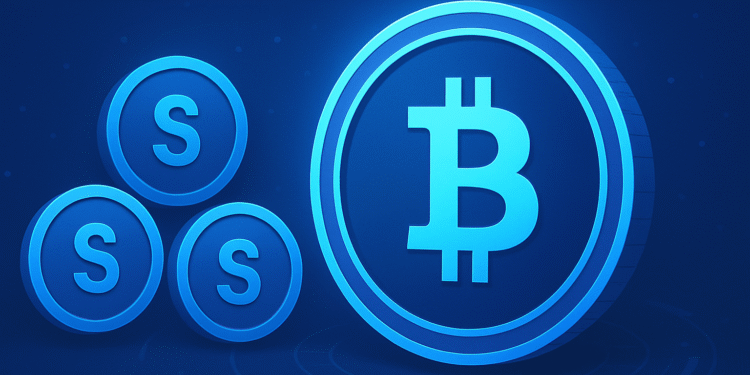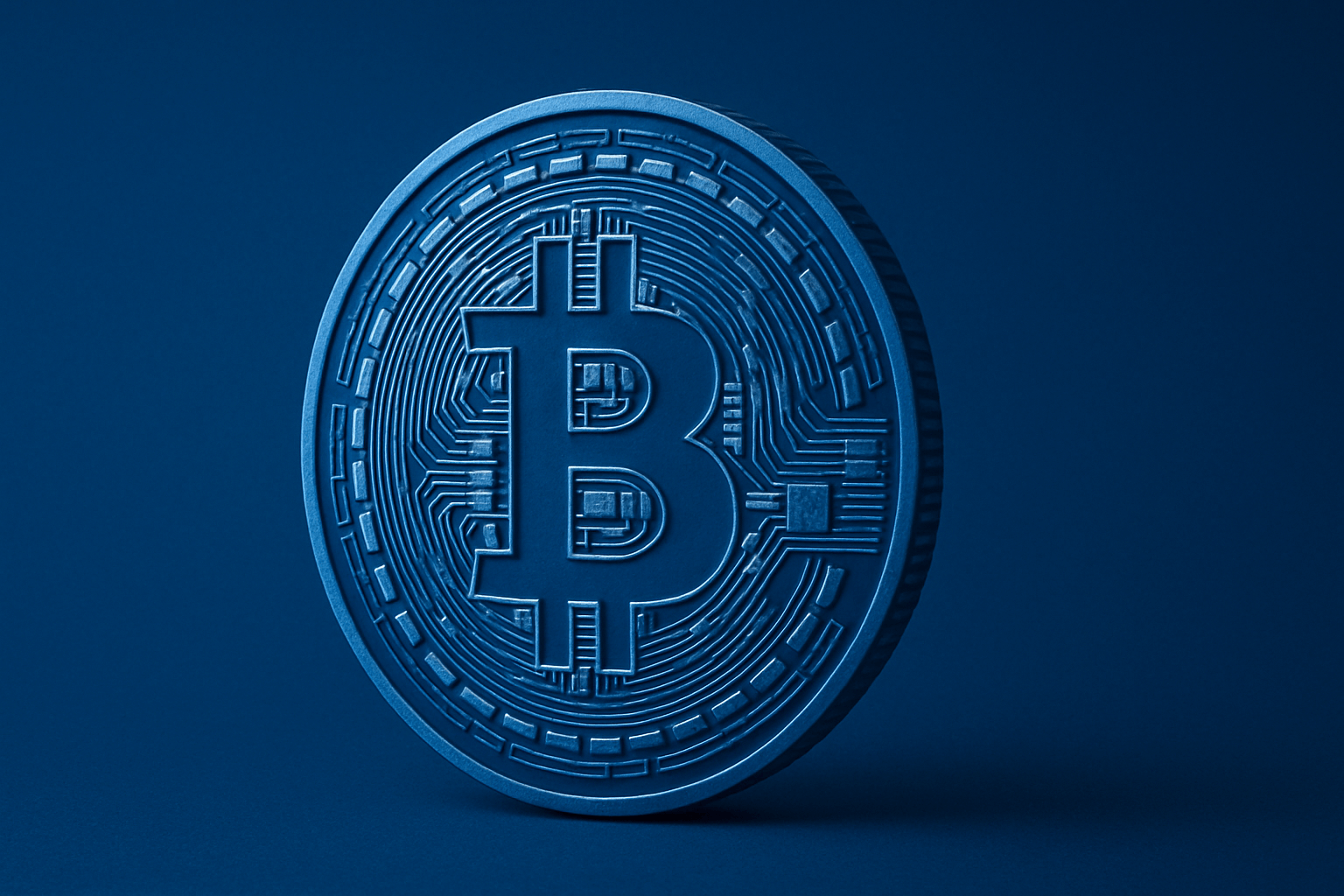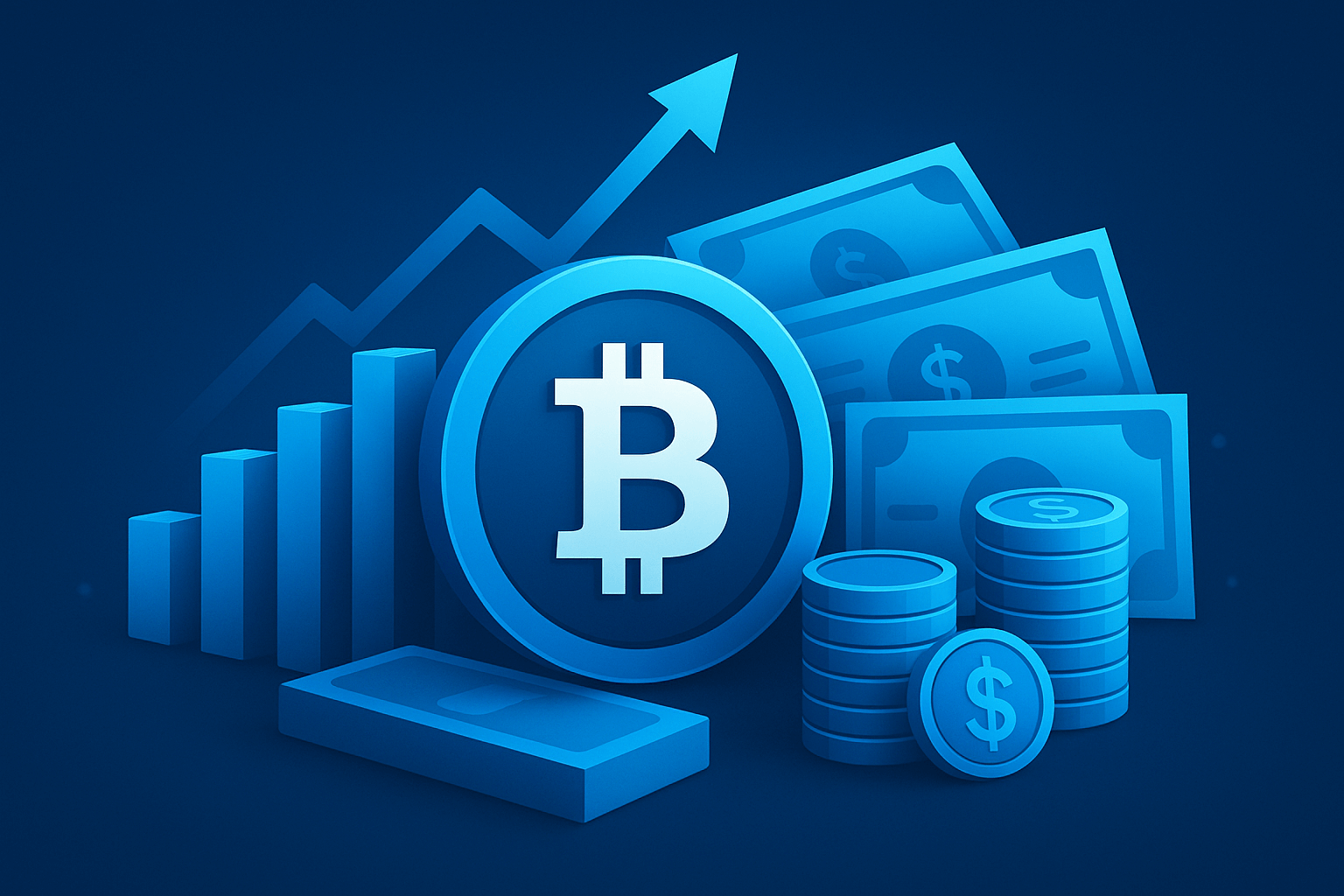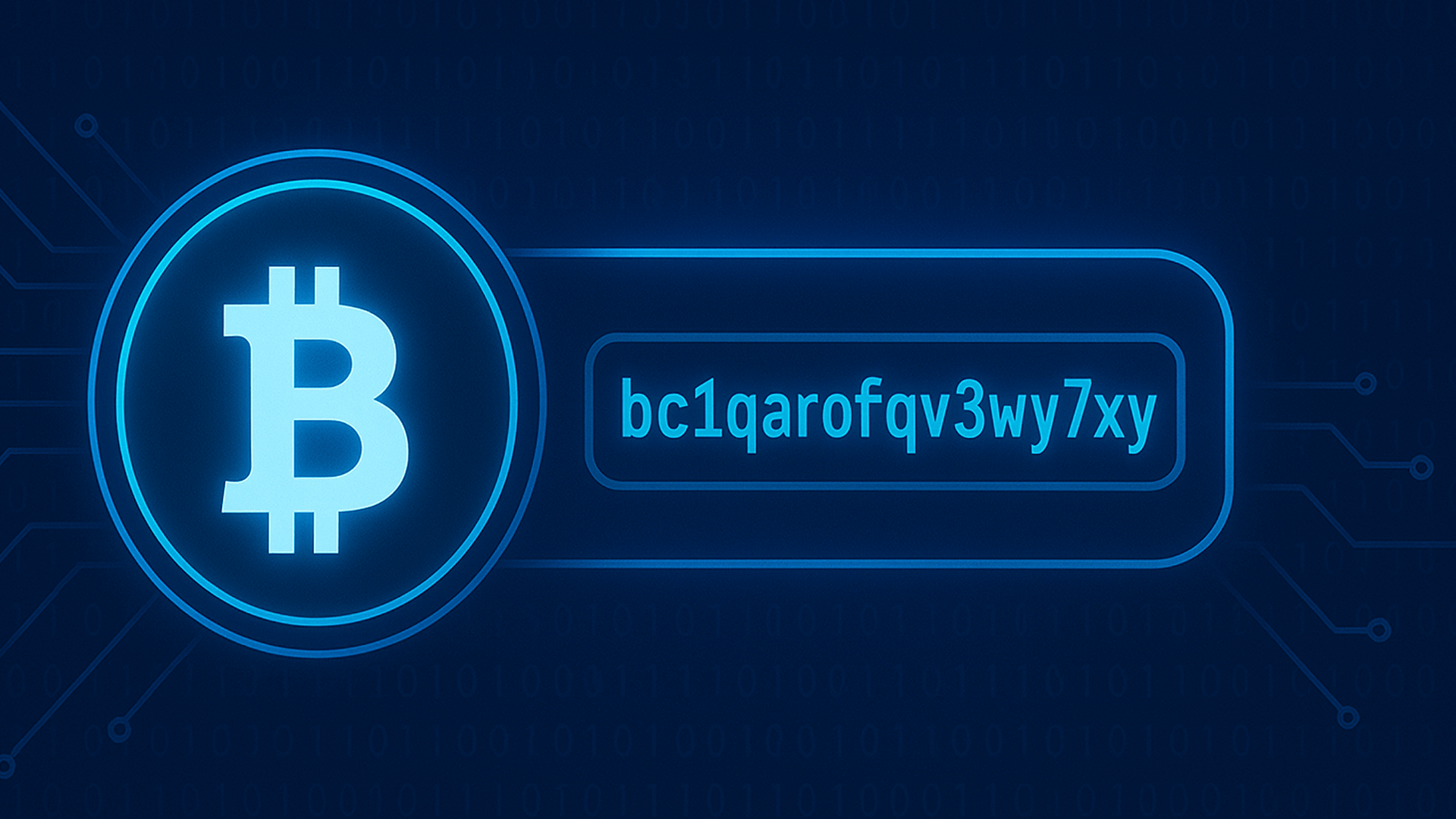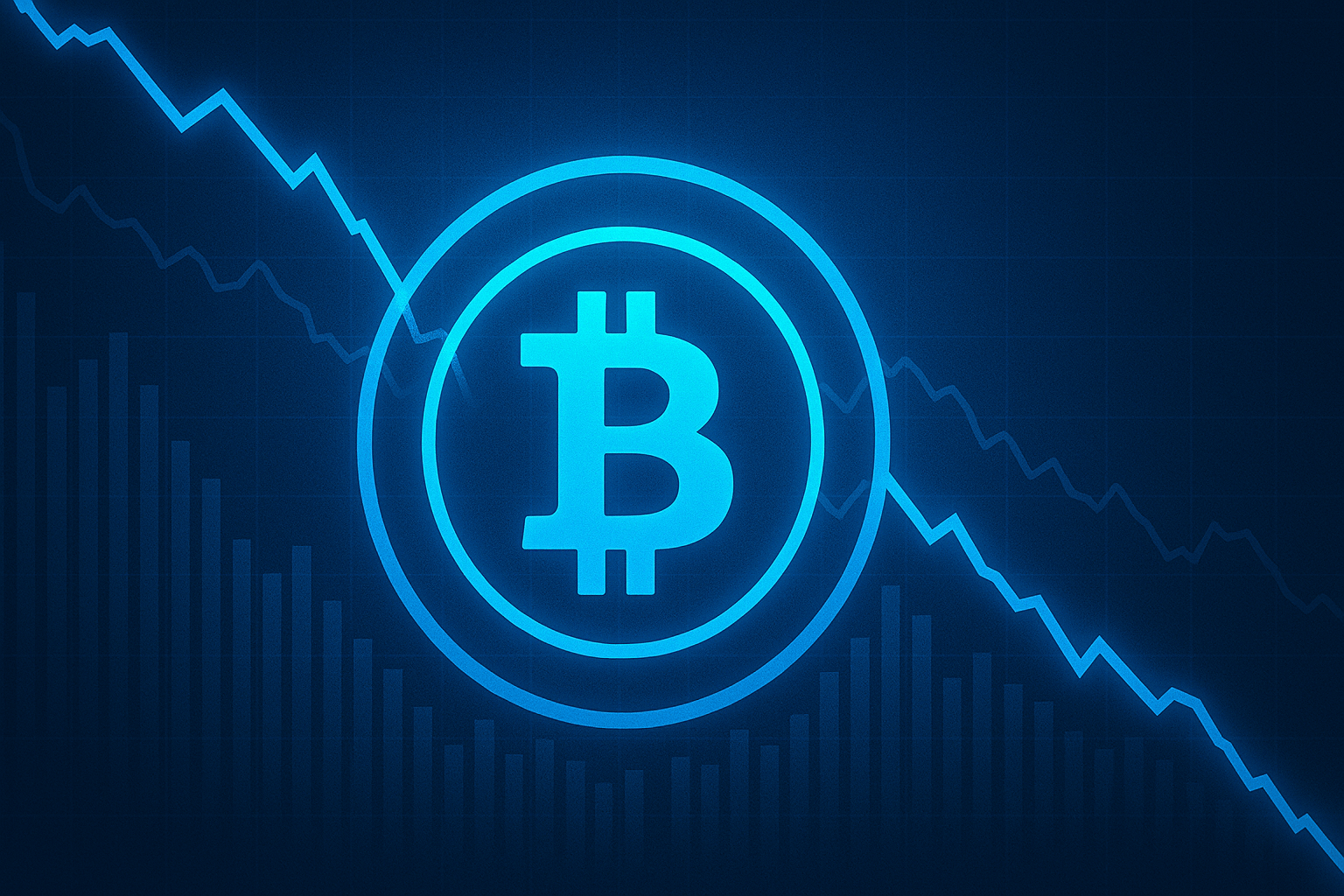Bitcoin’s smallest unit, the satoshi, makes tiny payments and neat mental math possible without wrestling with strings of zeros. If you’ve ever stared at “0.00012345 BTC” and felt your brain slow down, switching to sats is like switching from miles to meters: it keeps the scale meaningful and the arithmetic quick. This guide explains what a satoshi is, how to convert between sats, bitcoin, and dollars, why many wallets now default to sats, and how this unit makes fees, savings, and everyday pricing feel natural rather than niche.
The tiny unit behind Bitcoin prices: the satoshi
Bitcoin is famously scarce, capped at 21 million coins, yet it’s also highly divisible. Each coin can be split into one hundred million tiny pieces. Those pieces are satoshis—“sats” for short—and they are the simplest way to think about small payments, tips, rewards, and fees. The exact ratio never changes: one satoshi equals 0.00000001 BTC. That precision lets Bitcoin stretch across use cases from multi-million-dollar settlements to a few cents sent to a favorite creator.
Seeing balances in sats makes numbers easier to digest. Instead of “0.000078 BTC,” you might see “7,800 sats.” The difference is more than cosmetic: it reduces decimal mistakes, supports low-value transactions cleanly, and fits neatly with how fee markets and second-layer payments are quoted.
Useful sources for current prices and network metrics: CoinGecko (coingecko.com), Glassnode (glassnode.com), and official exchange websites like coinbase.com, kraken.com, and binance.com. Always verify URLs manually and bookmark them for safety.
Where the name comes from
The unit is named after Satoshi Nakamoto, the pseudonymous creator of Bitcoin who published the white paper in 2008 and released the first software in 2009. Early on, community members tossed around several naming ideas—some playful, some technical—but the smallest on-chain unit eventually took on the creator’s name in a nod to the protocol’s origin story.
You may still encounter older or alternative terms like “microbitcoin” (µBTC) or “bits.” These refer to intermediate sizes between a sat and a full bitcoin. Despite the variety of names tried over the years, “sats” has become the clearest and most widely recognized label for the smallest piece of BTC you can settle on-chain.
How Bitcoin units stack up
Understanding the stack of units helps with mental conversions and avoiding mistakes during payments. Here are the main rungs on the ladder, from big to small, and how they relate.
- 1 BTC = 100,000,000 sats
- 0.001 BTC = 1 mBTC (millibit) = 100,000 sats
- 0.000001 BTC = 1 µBTC (microbitcoin, “bit”) = 100 sats
Some interfaces show amounts in millibits or bits, but sats are usually best for everyday use. They keep the numbers nice and whole, which matters a lot when you’re tipping, streaming small payments, or picking a fee in a hurry.
| Unit | BTC value | Sats equivalent | Typical use |
| BTC | 1 | 100,000,000 | Investments, treasury, large transfers |
| mBTC | 0.001 | 100,000 | Some wallets, price quotes for mid-size amounts |
| µBTC (bit) | 0.000001 | 100 | Legacy displays; less common today |
| Sat | 0.00000001 | 1 | Fees, tips, micropayments, Lightning |
Exactly how many satoshis are in 1 Bitcoin
The rule is fixed in the protocol: one bitcoin is made up of one hundred million satoshis. There is no smaller on-chain unit than a single sat. That clear boundary is part of Bitcoin’s design, ensuring consistent math across wallets, nodes, and services.
On the Lightning Network, an off-chain payment layer built for speed and small amounts, participants often use “millisatoshis” internally to calculate precise routes and fees. Even so, final settlement always rounds to sats when it touches the base chain. For day-to-day users, this simply means you’ll see whole sats on the interface, even if the network quietly tracks finer precision during routing.
The eight-decimal design
Bitcoin supports eight decimal places on its base layer. Think of a moving decimal point: shifting it eight places to the right converts BTC to sats, and shifting it eight places to the left converts sats back to BTC. Once you’ve done it a few times, it becomes second nature.
- BTC to sats: move the decimal 8 places to the right
- Sats to BTC: move the decimal 8 places to the left
Examples make it click. If you hold 0.0025 BTC, that’s 250,000 sats. If you receive 75,000 sats, that’s 0.00075 BTC. The sheer number of sats per coin is what makes tiny payments possible without weird rounding or awkward decimals.
Mental math shortcuts that actually stick
Quick reference points help your brain snap to the right scale when the price moves or when you switch between units. These anchors are handy when you’re deciding on fees, sending tips, or just trying to picture a balance.
- 100,000 sats = 0.001 BTC (one millibit)
- 10,000 sats = 0.0001 BTC
- 1,000,000 sats = 0.01 BTC
- 10,000,000 sats = 0.1 BTC
- 21,000,000 BTC total supply = 2,100,000,000,000,000 sats (2.1 quadrillion)
These round numbers are useful when comparing amounts. For example, a 5,000-sat fee is 5% of a 100,000-sat payment but only 0.05% of a 10,000,000-sat transfer. The percentages are easier to visualize once you have a feel for the scale of common sat bundles.
Why more people are counting in sats
Many newcomers look at a whole bitcoin price and feel locked out. Counting in sats flips that script: you don’t need a full coin to participate. You can stack 25,000 sats, 240,000 sats, or 3,000,000 sats, all without touching messy decimals or waiting for a “perfect” entry point. The unit feels inclusive and practical.
It also makes conversations clearer. If two wallets and an exchange all show sats, you’re not translating between 0.000-something BTC and a literal handful of dollars. You’re comparing whole numbers side by side, which reduces friction and mistakes.
Accessibility and psychology
Humans prefer whole numbers. Economists call it unit bias: people buy a whole token more readily than a small fraction of a larger one. Sats help sidestep that mental trap by offering an understandable unit at any budget.
- Clearer pricing: “15,000 sats” is easier to parse than “0.00015 BTC.”
- Rewards: “Earn 100 sats back” feels tangible, like loyalty points you can actually spend.
- Automated savings: “Save 25,000 sats per day” gives you a stable target independent of dollar swings.
Once balances show up without decimals, people tend to use them more. It’s the same effect that makes a grocery list in grams easier to work with than one in fractions of kilograms for small items.
Fees and Lightning fit neatly into sats
On-chain network fees are quoted in sats per vByte (sats/vB). Lightning payments usually display whole sats as well. When fees, tips, and micro-purchases all live in the same unit, comparisons are immediate—no calculator needed.
Because sats align with how miners and Lightning nodes think about value, you’ll see them everywhere from mempool explorers to POS terminals. That consistency matters during busy times when you need to set a fee fast or when you’re splitting a bill with friends across different wallets.
Converting satoshis to Bitcoin, and to dollars
You don’t need special tools for basic conversions. If you remember that a sat is 1e-8 BTC, everything else falls into place. With a current price, you can flip between sats and dollars just as quickly.
Practically, it helps to memorize one or two numbers: “sats per dollar” at today’s price, and “dollars per 1,000 sats.” Those anchors let you estimate in seconds whether you’re checking a paycheck, adding to savings, or comparing fees on an exchange withdrawal.
Speed tip: update your “sats per $1” number once a day from a price site like CoinGecko (coingecko.com). It takes five seconds and makes mental math effortless all day.
Simple BTC ↔ sats formulas
Two lines cover 95% of what you’ll ever need:
- sats = BTC × 100,000,000
- BTC = sats ÷ 100,000,000
If your number doesn’t grow when going from BTC to sats, you moved the decimal the wrong way. Likewise, going from sats to BTC should shrink the number drastically. That sanity check catches most unit flips before they turn into costly mistakes.
Add a price to convert sats ↔ USD
Let P be the current price of 1 BTC in dollars. Then:
- USD = sats × P ÷ 100,000,000
- sats = USD × 100,000,000 ÷ P
Two everyday shortcuts:
- Sats per dollar = 100,000,000 ÷ P
- Dollars per 1,000 sats = P ÷ 100,000
Once you pin down “sats per $1,” all other totals fall into place. Multiply that number by your budget to estimate how many sats you can buy, and divide payments by it to estimate dollar cost on the fly.
Worked examples at sample prices
Suppose BTC is $50,000. Then sats per dollar = 100,000,000 ÷ 50,000 = 2,000 sats. A $5 tip would be 10,000 sats. If you’re holding 0.003 BTC, that’s 300,000 sats. And 100,000 sats would be worth $50.
If BTC is $30,000, you get ~3,333 sats per dollar. A $20 gift becomes ~66,660 sats. A stash of 250,000 sats would convert to $75. These simple anchor points give you confidence in daily decisions without a calculator.
| BTC price (P) | Sats per $1 | $10 buys (sats) | $ per 100k sats |
| $30,000 | ~3,333 (estimate by independent researchers) | ~33,330 | $30 |
| $40,000 | 2,500 | 25,000 | $40 |
| $50,000 | 2,000 | 20,000 | $50 |
| $60,000 | ~1,666 (estimate by independent researchers) | ~16,660 | $60 |
Everyday scenarios where sats matter
Once you start thinking in sats, lots of small tasks get easier. Your wallet stops showing distracting decimals. Your tips become clean, round numbers. And fees are suddenly intuitive rather than mysterious.
People also find it easier to set savings targets in sats. The numbers feel like steps on a staircase rather than slippery fractions you can’t quite grasp. That psychological shift encourages consistent habits rather than on-again, off-again dabbling.
Pricing digital content and tipping
Sending a few cents to an article or a stream is awkward in dollars because card networks hate tiny payments. In sats, it’s simple. A 50-cent tip might be 1,000–2,000 sats depending on the BTC price. The numbers are tidy, the units are universal, and the settlement is quick when using Lightning-enabled apps.
Creators also prefer sats because the denomination scales. A one-time tip is one thing; a stream of tiny boosts while someone reads or listens is another. Sats make the experience feel native, like paying for utilities by the kilowatt-hour or mobile data by the megabyte.
Saving small amounts automatically
Dollar-cost averaging becomes more tangible when framed in sats. Setting “25,000 sats per day” is a precise habit that continues regardless of short-term price swings. Over time, you see your sat stack grow in neat increments that your brain can track.
We tested two auto-save setups—one on an exchange and one inside a Lightning-enabled wallet. The sat-denominated plan was easier to monitor because each deposit felt like adding a brick. On the exchange, we also compared the display options and found the sats view reduced decimal mistakes when placing recurring buys.
Fees, mining, and sats/vB
On-chain fees are advertised as “sats per vByte.” The higher you set this number, the more likely your transaction will get into the next block during busy periods. Typical ranges can vary widely—low single digits during quiet times and significantly higher during spikes (estimate by independent researchers). Seeing fees in sats aligns them with the same unit you’re sending, which makes them easier to judge.
Miners compete to include the most valuable transactions by fee density. When your wallet offers “economy,” “normal,” or “priority,” it’s essentially proposing different sats/vB levels. If you understand sats, you can spot when a suggested fee looks out of line for the amount you’re sending.
During congestion, some wallets suggest very high fees. Always compare the fee in sats to your payment size in sats. If the fee is a large chunk of your total, consider waiting or using Lightning for smaller payments.
Seeing balances in sats: settings and tools
Most modern wallets and exchanges let you switch between BTC, mBTC, and sats. If you often send small amounts, choosing sats can prevent mistakes and save time. Your eyes adapt quickly to whole numbers, and your risk of misplacing a decimal shrinks.
Beyond displays, calculators and price sites now often include sats by default. That means your “mental dashboard” translates smoothly across apps rather than forcing you to juggle multiple formats.
Switch your wallet display
Look for a “Units” or “Display” option in settings. On several popular apps we tried, the toggle lives in the general settings rather than the currency menu. Switching to sats turned confusing strings like “0.00004321 BTC” into “4,321 sats,” which felt less error-prone during checkout.
On exchanges such as Coinbase (coinbase.com) and Kraken (kraken.com), trading pairs stay in BTC, but many portfolio or earn pages now surface sat-denominated rewards. When testing a small purchase flow, showing sats in the wallet and BTC on the trading screen worked fine as long as we double-checked the unit label before confirming orders.
Reliable calculators and conversions
Price trackers like CoinGecko (coingecko.com) and analytics providers like Glassnode (glassnode.com) help you update your “sats per dollar” benchmark daily. Some apps show this directly in the UI; others give you the BTC price and leave the quick division to you.
You can also keep a tiny paper note: “At $40k, $1 = 2,500 sats; 1k sats = $0.40.” Updating that sticky note once a day is surprisingly effective. Our tests found it reduced how often we reached for a calculator and led to fewer rounding errors when sending tips.
Pitfalls and how to avoid them
The biggest mistakes around sats come from unit confusion. If you feel rushed, slow down for a ten-second sanity check. Verify the unit label, read the decimal point carefully, and compare the fee to the payment size. These steps are small but powerful.
If an app uses different units in different screens, pause. A mismatch can turn a friendly tip into an accidental large transfer or make a fee look cheap when it isn’t. Consistency is your friend.
Don’t misplace the decimal
Moving the decimal eight places is simple, but rushing invites errors. If your BTC-to-sats conversion didn’t produce a much bigger number, you likely went the wrong way. Likewise, if converting sats to BTC leaves you with a strangely large result, double-check before sending.
Critical note: Sending the wrong amount due to unit mix-ups is often irreversible. Bitcoin transactions cannot be undone, and courts have frequently found claims of “accidental sends” unproven when keys and confirmations are valid. Verify units and addresses carefully.
Watch “bits” versus “sats”
“Bits” (µBTC) equal 100 sats, not 1 sat. Some older apps still use bits for display. If you see “bits,” multiply by 100 to get sats. When in doubt, find a sample conversion in the app’s help section or settings.
Consider sticking to sats across all your tools. A single standard reduces friction and the chance of confusing a bit price with a sat price—especially when speed matters.
Compare fees to what you’re sending
A useful rule of thumb: evaluate your fee as a percentage of the amount. Paying 5,000 sats to send 10,000 sats is expensive; the same fee on a 2,000,000-sat payment is negligible. This check helps you decide whether to wait, adjust the fee, or switch to Lightning for small transfers.
| Payment size | Fee (sats) | Fee as % of amount | Comment |
| 10,000 sats | 5,000 | 50% | Too high for on-chain; consider Lightning |
| 100,000 sats | 5,000 | 5% | Borderline; may wait for lower fees |
| 2,000,000 sats | 5,000 | 0.25% | Reasonable for on-chain |
A short backstory of unit names and standards
Bitcoin’s culture has always mixed engineering with memes, and unit names reflect that. Early discussions weighed everything from technical prefixes to tributes to notable contributors. Over time, the practical demands of payments nudged the community toward the satoshi as the default for small amounts.
That evolution accelerated with Lightning’s growth. Wallets that focused on fast, tiny payments naturally used sats because they are whole numbers most users can handle without friction. As tools converged, sats became the simplest shared language.
From early debates to a practical default
Terms like “finney” and “microbitcoin” appeared in forums and early clients, but the ecosystem needed a small, clear unit that wouldn’t confuse people at the checkout screen. The satoshi met that need. It honors Bitcoin’s origin while delivering straightforward math for daily use.
Standards also form around what businesses adopt. As exchanges, wallets, and payment apps synced up on sats for rewards and fees, users had fewer reasons to cling to legacy units. It’s a network effect: the more services speak sats, the more natural it feels.
The “sats standard” and unit bias
Advocates argue that pricing in sats reduces unit bias and expands participation. If the menu says “12,000 sats,” buyers aren’t frozen by decimals. The same logic applies to savings apps that let people accumulate steady amounts week by week, even if they never own a whole coin.
There’s also a marketing benefit. Loyalty programs that offer “sats back” resemble established point systems but add portability and open settlement rails. For many, that familiarity lowers the barrier to trying Bitcoin at all.
Future-facing trends: will sats become the everyday norm?
As more apps and merchants experiment with Bitcoin payments, the satoshi looks like the most practical retail unit. It’s small enough for microtransactions, universal across layers, and sufficiently human-friendly for store menus and receipts.
If you imagine a world with more digital tipping, machine-to-machine payments, and streaming content, it’s hard to beat sats for precision without pain. They are tiny enough to feel continuous yet absolute enough to settle on-chain when needed.
Retail pricing and receipts
Should acceptance grow, expect dual pricing: a dollar amount next to a sat amount. “Coffee: $4.50 or 12,000 sats” is clean and avoids rounding headaches. For stores, it simplifies settings in POS terminals; for customers, it turns novelty into routine.
Receipts in sats also help with accounting on Bitcoin-specific operations. When base costs, fees, and payouts are all in the same unit, reconciliation is less error-prone. Fiat conversions can happen at the reporting layer rather than at every checkout.
Lightning precision with millisatoshis
Lightning nodes often use millisatoshis (one-thousandth of a sat) internally to fine-tune routing and fee splits. This granularity keeps payments smooth and cheap for users, even if they never see these sub-sat figures in their wallets.
For most people, the key takeaway is simple: Lightning delivers speed and low cost, and sats are the unit you’ll interact with. The extra decimals live under the hood so your experience can stay fast and human-readable.
Quick reference: numbers you’ll use often
- 1 BTC = 100,000,000 sats
- 0.01 BTC = 1,000,000 sats
- 0.001 BTC = 100,000 sats
- 10,000 sats = 0.0001 BTC
- Sats per $1 = 100,000,000 ÷ BTC price
- $ per 1,000 sats = BTC price ÷ 100,000
Keep one or two anchors on a sticky note or phone widget—say, “sats per $1” at the current price—and everyday estimates become effortless.
FAQ: clear answers to common satoshi questions
How many satoshis are in a Bitcoin?
There are exactly 100,000,000 satoshis in 1 BTC. This fixed ratio is part of Bitcoin’s base protocol and does not change.
What is a satoshi in Bitcoin terms?
A satoshi, or “sat,” is the smallest on-chain unit of Bitcoin, equal to 0.00000001 BTC. It is the unit most wallets use for small payments and fees.
How do I convert satoshis to BTC quickly?
Divide the number of sats by 100,000,000. Example: 250,000 sats ÷ 100,000,000 = 0.0025 BTC. If the result isn’t much smaller than the original number, double-check your math.
How do I convert BTC to satoshis?
Multiply the BTC amount by 100,000,000. Example: 0.004 BTC × 100,000,000 = 400,000 sats. You should see a much larger number when converting this direction.
How do I find sats per dollar at today’s price?
Compute 100,000,000 ÷ BTC price. If BTC is $40,000, that’s 2,500 sats per $1. Many price apps let you do this calculation quickly, or you can keep a small reference note.
Are “bits” the same as sats?
No. 1 bit (µBTC) equals 100 sats. Sats are smaller and more commonly used, particularly for fees and micropayments.
Can I send less than 1 satoshi?
On-chain, no. One sat is the minimum. On the Lightning Network, routing uses millisatoshis internally for precision, but any final settlement to the base chain rounds to whole sats.
Why do fees show as sats/vB?
Fees are priced by how much you pay per unit of transaction size (virtual bytes). A higher sats/vB typically confirms faster during busy periods, while a lower sats/vB may take longer.
What are common mistakes when using sats?
The big three: misplacing the decimal, confusing bits with sats, and paying fees that are large relative to your amount. Always verify the unit label and compare the fee to the payment in sats.
Is pricing in sats better than pricing in BTC?
For small amounts, yes. Sats avoid awkward decimals and make prices, tips, and fees easier to read and compare. For very large amounts, BTC still works well.
What this shift could mean next
As more wallets and merchants default to sats, the unit becomes a shared language for small, fast payments. It smooths out the arithmetic of everyday use and aligns with fee markets and Lightning, where precision and simplicity matter most.
When prices, rewards, and receipts all speak sats, Bitcoin stops feeling like a distant investment and starts behaving like a practical money system for the small moments: a tip here, a fee there, a daily auto-save that builds brick by brick. That clarity is what turns experiments into habits.
Security reminder: Only use official websites for exchanges and price data—type URLs directly (coinbase.com, kraken.com, binance.com, coingecko.com, glassnode.com). Be cautious of lookalike domains and unsolicited links.
Not financial advice

